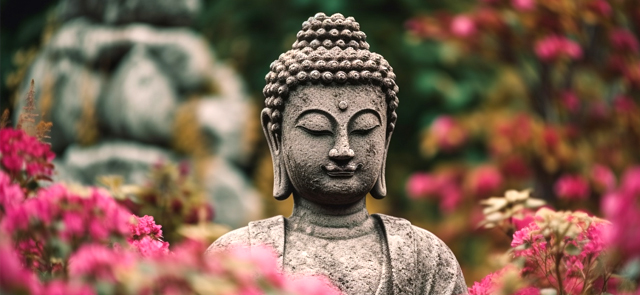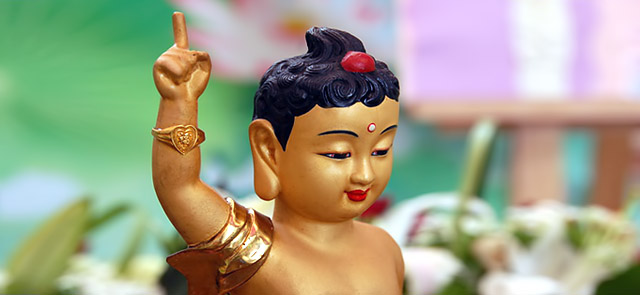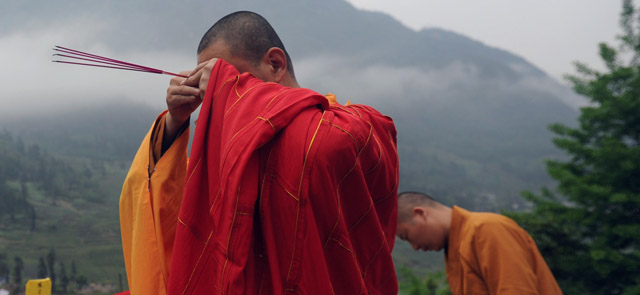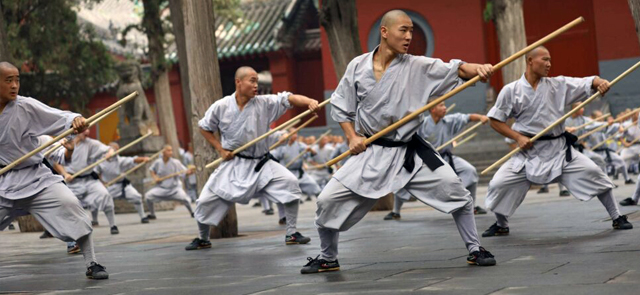Most of the Chinese followed the tradition of eating Laba porridge [Chin.: làbā zhōu 腊八粥] on the 8th day of the 12th lunar month. The date usually falls in mid-January and is a traditional Chinese festival, called Laba Festival. Laba porridge contains glutinous rice, red beans], soya beans, dried lotus seeds, barley, black beans, mung beans, black rice and some other ingredients, based on topical habits.
Laba porridge is not only easy to prepare, but also a nutritious winter food because it contains amino acids, protein, vitamins and other nutrition people need. Cooked nuts and dried fruit are good for soothing nerves, nourishing one's heart and vitality, and strengthening the spleen. Perhaps that is why it is also called Eight Treasures food.
Origin
Laba is celebrated on the eighth day of the last lunar month, referring to the traditional start of celebrations for the Chinese New Year. La in Chinese means the 12th lunar month and ba means eight. Legends about the origin of this festivity abound. One holds that over 3,000 years ago sacrificial rites called La, were held in the twelfth lunar month when people offered up their preys to the gods of heaven and earth. The Chinese characters for prey [Chin.: liè 猎] and the twelfth month La were interchangeable then, and ever since La has been used to refer to both. Since the festival was held on the eighth day of the Last month, people later appended the number eight [Chin.: Bā 八], giving us the current Laba.
Legend
First informations about the eight-treasure porridge can be found in the book "Classic of Rites" published during 5th cent. - 221 BCE.
Buddhism was well accepted in the areas inhabited by the Han Chinese, who believed that Sakyamuni, the first Buddha and founder of the religion, attained enlightenment on the 8th day of the 12th month. Sutras were chanted in the temples and rice porridge with beans, nuts and dried fruit was prepared for the people. With the passing of time the custom extended, especially in rural areas where peasants would pray for a plentiful harvest in this way.
Based to Buddhist tradition
When Sakyamuni was on his way into the high mountains in his quest for understanding and enlightenment, he grew tired and hungry. Exhausted from days of walking, he passed into unconsciousness by a river in India. A shepherdess found him there and fed him her lunch -- porridge made with beans and rice. Sakyamuni was thus able to continue his journey. After six years of strict discipline, he finally realized his dream of full enlightenment on the eighth day of the twelfth lunar month. Ever since, monks have prepared rice porridge on the eve and held a ceremony the following day, during which they chant sutras and offer porridge to Buddha. Thus, the tradition of eating Laba porridge was based in religion, though with the passing of time the food itself became a popular winter dish especially in cold northern China.
According to written records, large Buddhist temples would offer it to the poor to show their faith to Buddha. In the Ming Dynasty about 500 years ago, it became such a holy food that emperors would offer it to their officials during festivals. As it gained favor in the feudal upper class, it also quickly became popular throughout the country.






